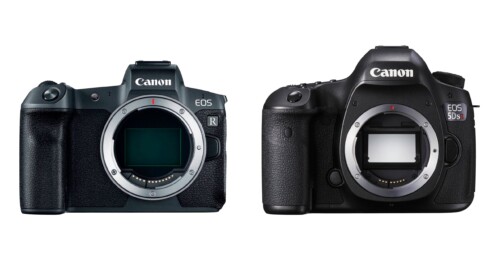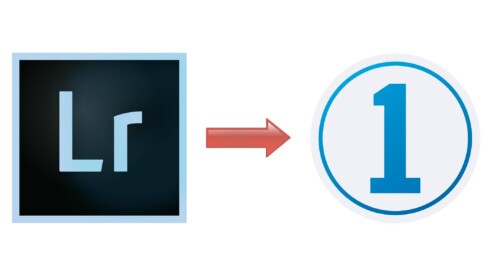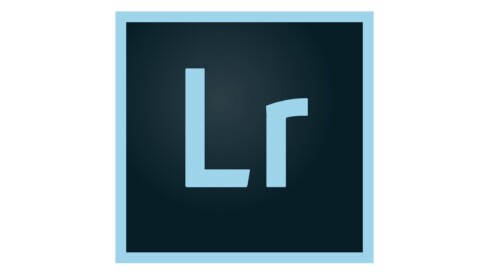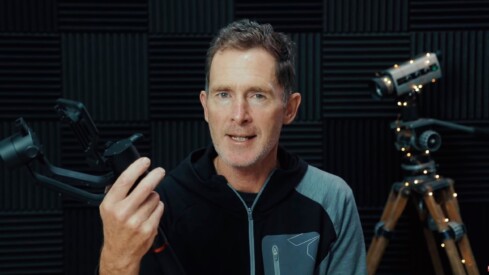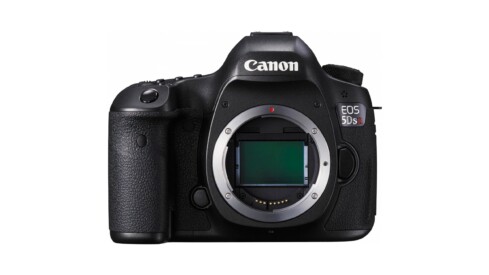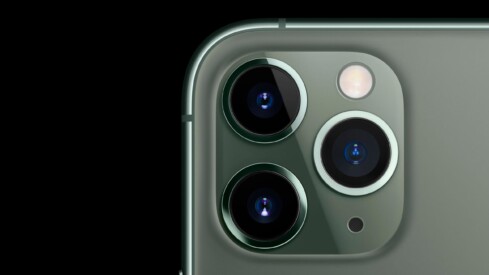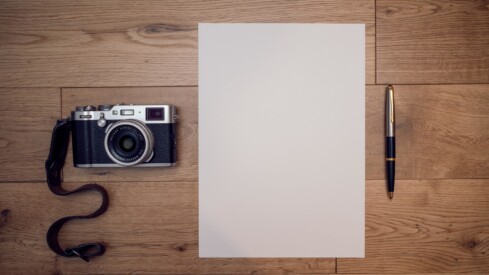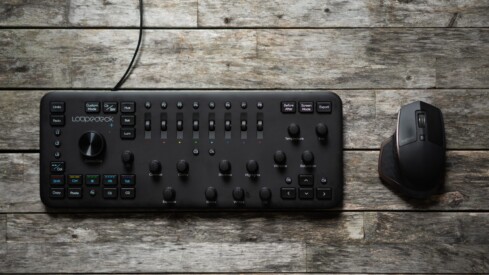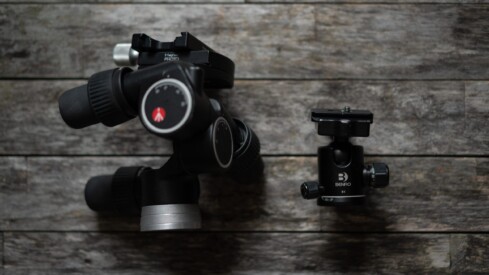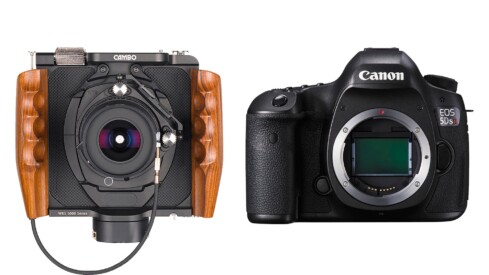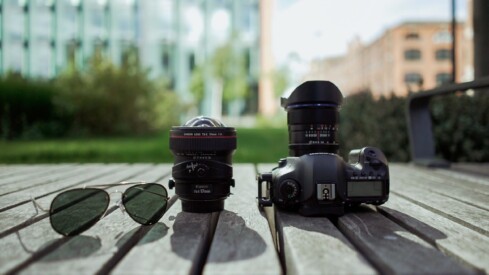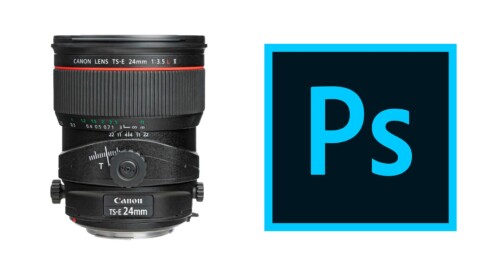Why the Rumored 150mp Canon EOS R Camera Would Be Perfect for Architecture
As you may know, I’m not shy about megapixels. For architectural photography, I prefer more resolution over less. There are several reasons for this and it’s mostly down to flexibility; with a higher resolution camera you have more flexibility when it comes to post production, printing, cropping, and scaling.
